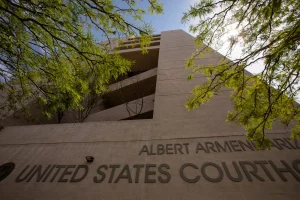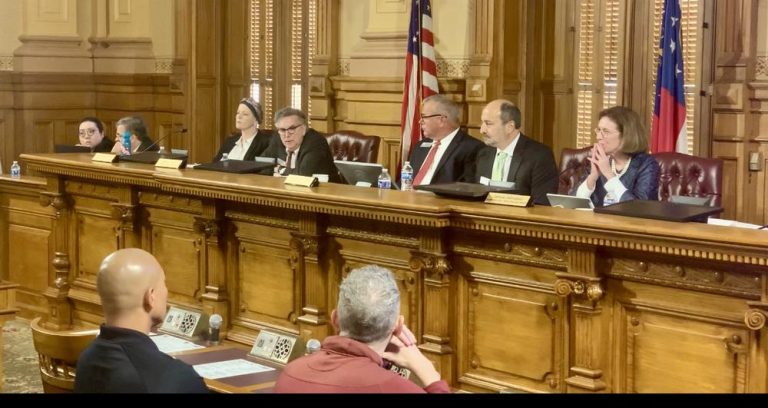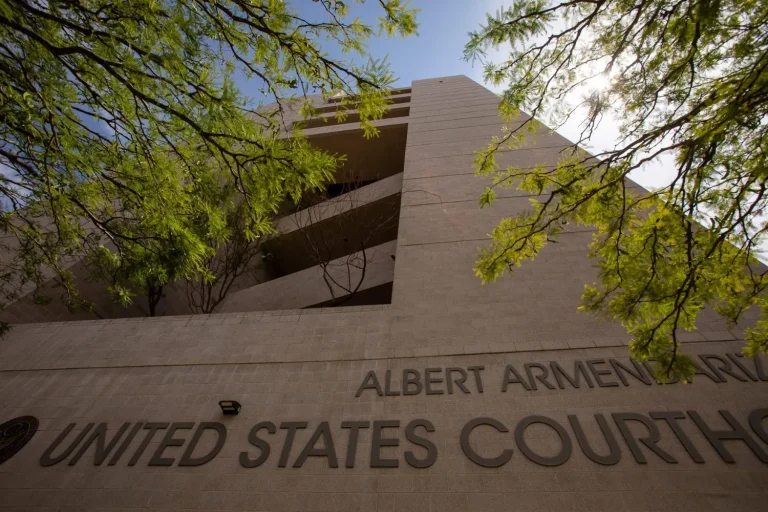-By Sharon Kyle
July 18, 2011- When the ACLU Pasadena Foothills Chapter joined forces with the NAACP, LA Progressive and a host of other Southern California social justice focused organizations to sponsor a talk by former ACLU attorney, Michelle Alexander, author of, New Jim Crow: Mass Incarceration in the Age of Colorblindness I asked Ms. Alexander to give the audience her condensed version of the prison-based gerrymandering phenomenon.
Characterizing it as a modern-day 3/5ths Compromise, Alexander explained that in most states census residence rules require that incarcerated people be counted at their place of incarceration as opposed to their home address.
She went on to explain that the overwhelming majority of incarcerated people in the United States hail from the major metropolitan centers of this country while the prisons are typically built in non-urban or rural areas. This counting practice results in a shift in population from urban center to rural community thereby increasing the political clout of rural communities while decreasing the political clout of urban communities. And, all the while, the incarcerated, almost without exception, cannot vote.
In addressing the census residence rule and specifically prison-based gerrymandering, the NAACP Legal Defense Fund reports:
Over the last several decades, the percentage of Americans incarcerated in prisons has increased four-fold. Incarcerated persons are often held in areas that are geographically and demographically far removed from their home communities. For instance, although non-metropolitan counties contain only 20% of the national population, they host 60% of new prisons.
In addition, because Latinos and African Americans are incarcerated at three to seven times the rate of Whites, where incarcerated people are counted has tremendous implications for how African-American and Latino populations are reflected in the census, and, consequently, how these communities are impacted through redistricting.
Political districts are based on population size. The number of people in a geographical region determines the number of Congressional, state and local representatives. When prison-based gerrymandering is employed, district boundaries redrawn to align with census figures results in large portions of what would have been urban population being reapportioned to rural counties.
Because of this practice, urban communities, particularly urban communities of color stand to lose the most. Census figures help determine where government money will go to fund hospitals, school services, public housing, social services, food stamps and other programs. The census figures are also used to determine how many seats each state has in the U.S. House of Representatives. Prison-based gerrymandering may result in the loss of both federal dollars and political representation for districts that are already struggling.







